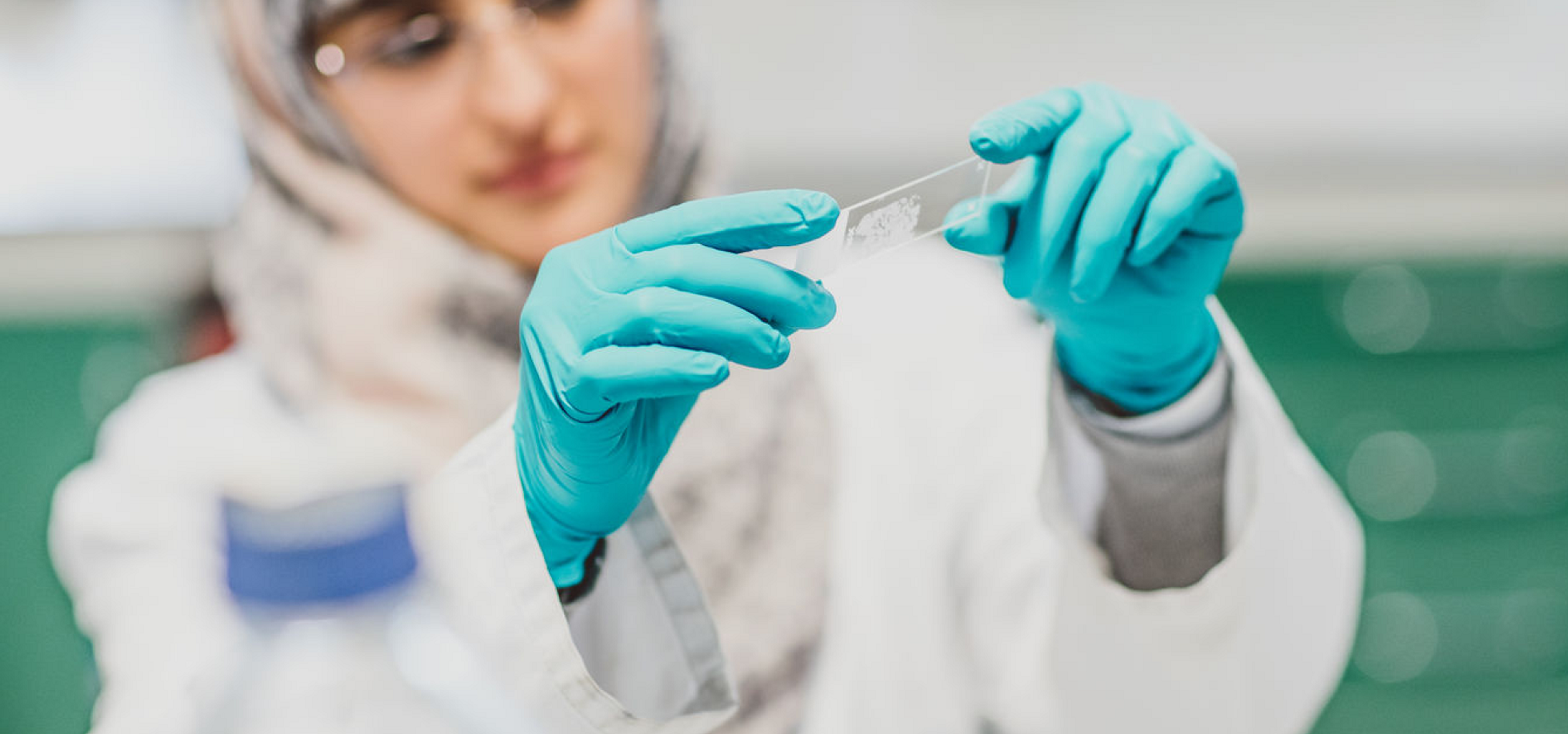
Drug design is an important aspect of biomedical science that aims to develop new and improved therapeutic agents. Rational drug design identifies receptors for which drug molecules may be designed and developed to bind with high affinity and high specificity. Consideration of structure for both the drugs and the protein targets plays an important role in rational drug design. Computer-based methods have a vital role in the molecular design of new drugs. This course covers all these issues and provides practical experience in computer-aided drug design.
A wide range of drugs in clinical use has been designed to agonise or antagonise particular biological molecules involved in cell signalling, biosynthesis and metabolism. In the second part of this course, we discuss drug mechanisms of action, classifying the drugs by the biological molecules or biosynthetic and metabolic pathways that are affected. Drugs affecting nucleic acid synthesis and catabolism, DNA synthesis, protein synthesis, bacterial cell wall biosynthesis, steroid biosynthesis and action, prostaglandin and leukotriene synthesis and action, nitric oxide metabolism, enzymatic activity of proteases, and neurotransmitter action and metabolism are described. The molecular characteristics of the drug receptors, and the pharmacological effect, therapeutic application and toxicity of the drugs are discussed.
Learning Outcomes:
To pass this module students will need to be able to:
1. discuss hydrophobic effects in drug design;
2. evaluate the role of molecular modelling in drug design;
3. discuss practical aspects of computer-aided drug design, including sequence retrieval, structure building, molecular graphics, docking, assessment of docked structures and quantitative structure activity relationships;
4. discuss the role of bioinformatics in drug design;
5. discuss drugs that inhibit the biosynthesis of nucleic acids, proteins and bacterial cells walls and their uses as anti-tumour, anti-viral and anti-microbial agents;
6. discuss drugs that affect sterol and steroid hormone synthesis, and prostaglandin and leukotriene synthesis, their targets and their therapeutic applications;
7. consider drugs affecting nitric oxide metabolism, and to discuss their applications in the therapy of hypertension and impotence;
8. consider drugs that target G-protein coupled receptor (GPCR) systems and their use in therapy disease including hypertension, depression, anxiety and pain relief.
- Module Supervisor: Christopher Reynolds